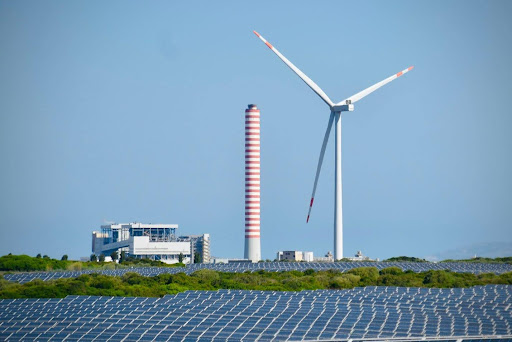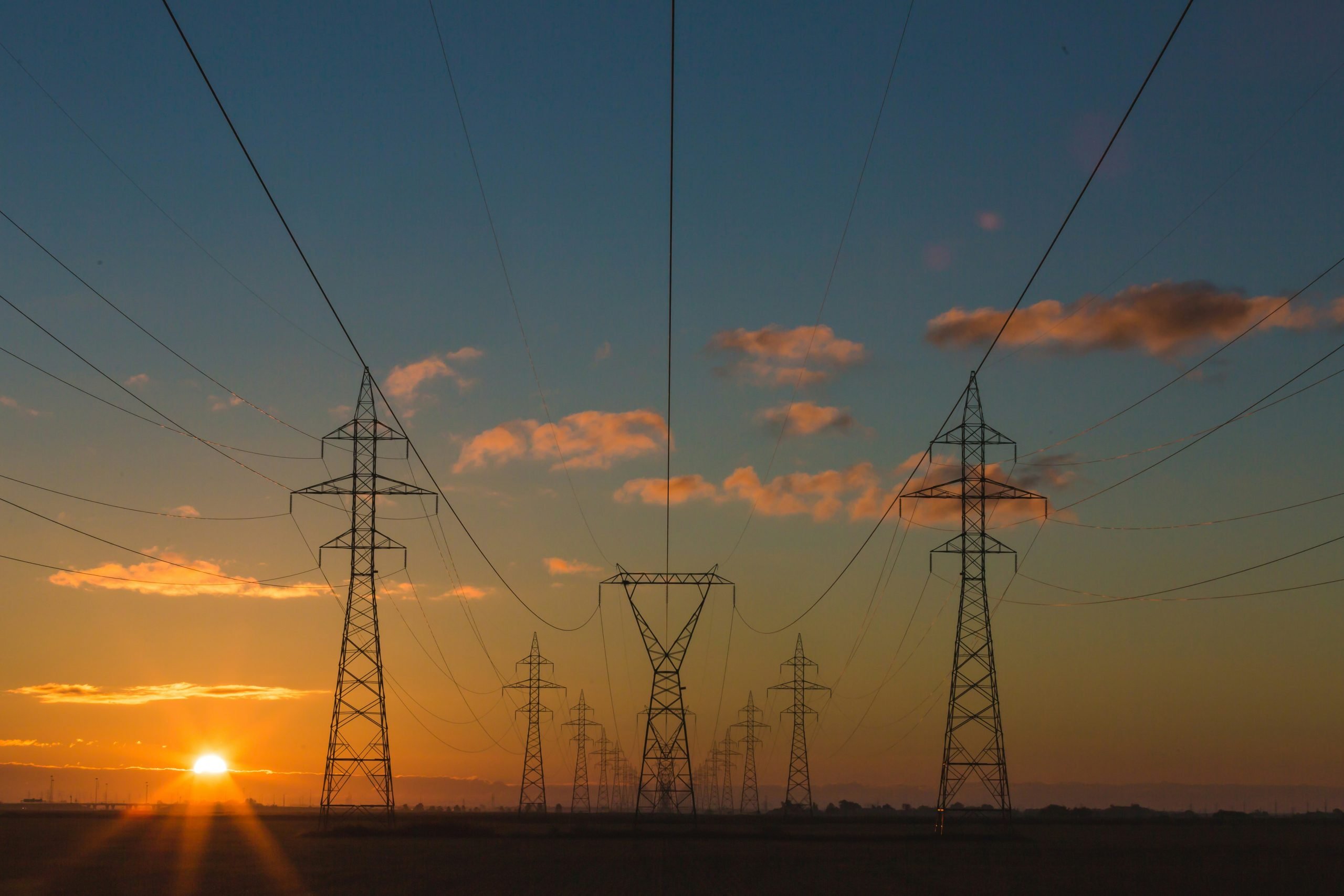
In today’s world, renewable energy is becoming increasingly important. Creating a DIY solar generator is not only a practical solution but also an empowering project that can save you money and reduce your carbon footprint. This guide will walk you through the steps to build your own solar generator, from understanding the basics to selecting the right components and assembling the system.
Why Build a DIY Solar Generator?
Before diving into the specifics, let’s discuss why you might want to build a DIY solar generator in the first place. Here are some compelling reasons:
- Cost Savings: Purchasing a commercial solar generator can be expensive. Building your own can significantly reduce costs.
- Customization: A DIY solar generator allows you to tailor the system to your specific needs and preferences.
- Sustainability: By generating your own renewable energy, you reduce your dependence on fossil fuels and lower your carbon footprint.
- Emergency Preparedness: A solar generator can provide backup power during outages, ensuring you have access to electricity in emergencies.
Understanding the Basics of Solar Power
To build a solar generator, it’s crucial to understand the basic principles of solar power. Solar panels convert sunlight into electricity using photovoltaic (PV) cells. This electricity is then stored in batteries and can be used to power various devices.
Key Components of a DIY Solar Generator
- Solar Panels: These are the heart of the system, capturing sunlight and converting it into electricity. Solar panels come in different sizes and capacities, so choose one that fits your energy needs.
- Battery: The battery stores the electricity generated by the solar panels. Lithium-ion batteries are preferred for their efficiency and lifespan.
- Charge Controller: This device regulates the voltage and current coming from the solar panels to the battery, preventing overcharging and damage.
- Inverter: The inverter converts the stored DC (direct current) power from the battery into AC (alternating current) power, which is used by most household appliances.
- Cables and Connectors: These are essential for connecting the components and ensuring a smooth flow of electricity.
Step-by-Step Guide to Building Your DIY Solar Generator
Step 1: Determine Your Energy Needs
The first step is to determine how much energy you need. Make a list of the devices you plan to power with your solar generator and calculate their total wattage. This will help you decide the capacity of your solar panels and battery.
Step 2: Choose the Right Components
Based on your energy needs, select the appropriate solar panels, battery, charge controller, and inverter. Here’s a brief overview of what to look for:
- Solar Panels: Look for panels with a high efficiency rating. Monocrystalline panels are more efficient than polycrystalline ones but can be more expensive.
- Battery: Choose a battery with a capacity that meets your energy storage needs. Lithium-ion batteries are a good choice due to their high energy density and long lifespan.
- Charge Controller: Ensure the charge controller is compatible with your solar panels and battery. MPPT (Maximum Power Point Tracking) charge controllers are more efficient than PWM (Pulse Width Modulation) controllers.
- Inverter: Select an inverter with a capacity that matches your total wattage needs. Pure sine wave inverters are more efficient and compatible with a wider range of devices than modified sine wave inverters.
For reliable and high-quality components, consider using products from Renogy. Their range of solar panels, batteries, charge controllers, and inverters are known for their durability and efficiency, making them an excellent choice for your DIY solar generator project.
Step 3: Gather Tools and Materials
In addition to the key components, you will need the following tools and materials:
- Screwdrivers
- Wire cutters/strippers
- Multimeter
- Soldering iron (optional)
- Mounting brackets and screws
- Electrical tape and heat shrink tubing
Step 4: Assemble the Solar Panels
Start by mounting the solar panels. If you’re using the generator for a stationary setup, install the panels on a roof or a solar panel mount. Ensure they are positioned to receive maximum sunlight exposure throughout the day.
Step 5: Connect the Charge Controller
Next, connect the solar panels to the charge controller. Follow these steps:
- Connect the positive (+) and negative (-) wires from the solar panels to the corresponding terminals on the charge controller.
- Secure the connections with screws or clamps and use electrical tape to insulate them.
Step 6: Connect the Battery
Now, connect the battery to the charge controller:
- Attach the positive (+) and negative (-) wires from the battery to the corresponding terminals on the charge controller.
- Ensure the connections are tight and secure, then insulate them with electrical tape.
Step 7: Install the Inverter
The next step is to connect the inverter to the battery:
- Connect the positive (+) and negative (-) terminals of the inverter to the corresponding terminals on the battery.
- Use appropriate gauge wires to handle the current load and ensure all connections are secure.
Step 8: Test the System
Before using your solar generator, test the entire system to ensure everything is working correctly:
- Use a multimeter to check the voltage output from the solar panels, battery, and inverter.
- Turn on the inverter and connect a small appliance to verify the AC output.
Step 9: Enclose and Protect the Components
To protect your solar generator from the elements and accidental damage, enclose the components in a weatherproof case or box. Ensure there is adequate ventilation to prevent overheating.
Tips for Maintaining Your DIY Solar Generator
- Regular Inspections: Periodically check all connections and components for signs of wear or damage.
- Clean the Solar Panels: Keep the panels clean and free of debris to ensure maximum efficiency.
- Monitor Battery Health: Regularly check the battery voltage and charge levels to maintain optimal performance.
- Update Components: As technology advances, consider upgrading your solar generator components for improved efficiency and capacity.
Conclusion
Building a DIY solar generator is a rewarding project that provides numerous benefits. By following this guide, you can create a customized, cost-effective, and eco-friendly power source tailored to your needs. Not only will you save money and reduce your carbon footprint, but you’ll also gain valuable knowledge and skills in renewable energy technology. Embrace the power of the sun and start your DIY solar generator project today!







